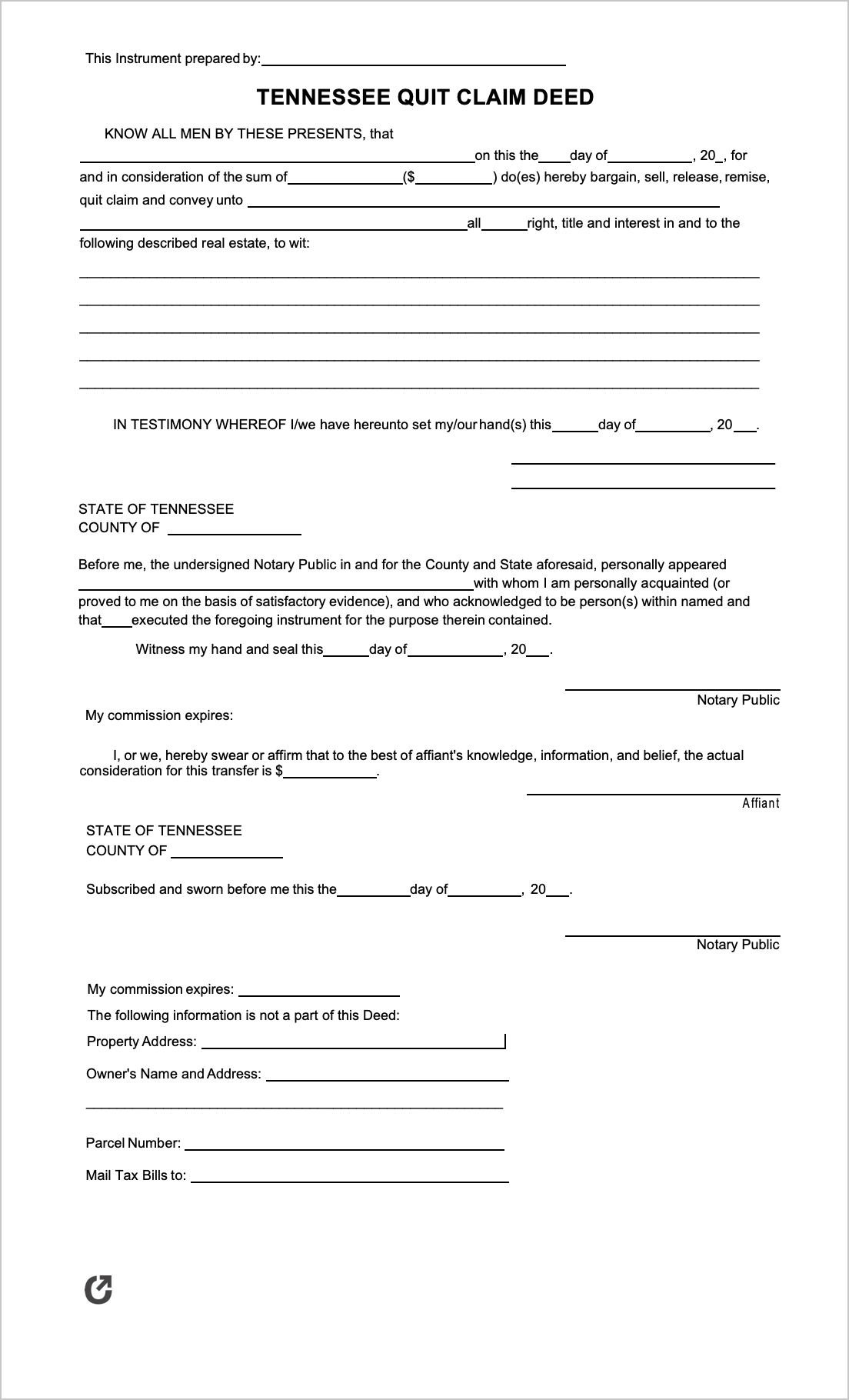

In some states-including Texas and North Carolina-title insurance companies prefer not to insure title to real estate that is transferred by quit claim deed. There is no such thing as a “quick claim deed” or “quick deed.” Some laypeople refer to a quit claim deed as a “quick claim deed” or “quick deed.” Both of these terms are incorrect and based on a misunderstanding of the law. Other Names for a Utah Quit Claim Deed Formīecause the terms “quit claim” (with a space) and “quitclaim” (with no space) are interchangeable, a Utah quit claim deed form may also be called a quitclaim deed form.
Quit claim deed form code#
In Utah, a quit claim deed form is authorized by Utah Code § 57-1-13, which provides a suggested vesting language for the vesting paragraph of the quitclaim deed form. If it turns out that the grantor did not have clear title, the grantee cannot sue the grantor for breaching a warranty of title. When a grantor conveys property by quit claim deed form, the grantee takes whatever interest the grantor has in the property.

Get DeedĪ Utah quitclaim deed form (sometimes called a quick claim deed or quitclaim deed) allows the current owner ( grantor) to transfer property to a new owner ( grantee) without making any guarantees about whether the grantor has clear title to the property. This language is automatically included by our deed preparation service and valid in all Utah counties. Special language is required to ensure that the deed qualifies as a quit claim deed. In other circumstances where the current owner does not want to be legally responsible for problems with title.From someone who no longer wishes to hold title (removing someone from the deed) or.To someone who will own the property with the current owners (adding someone to the deed).To a living trust or business owned by the current owner.



 0 kommentar(er)
0 kommentar(er)
